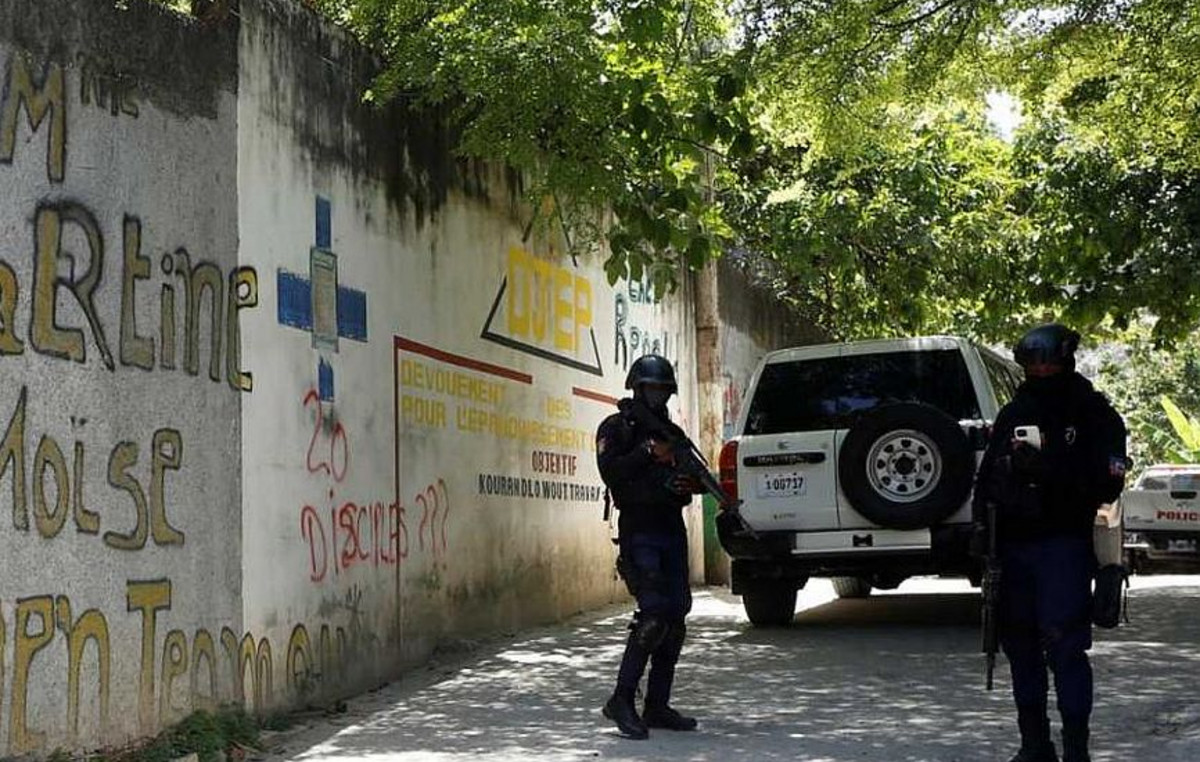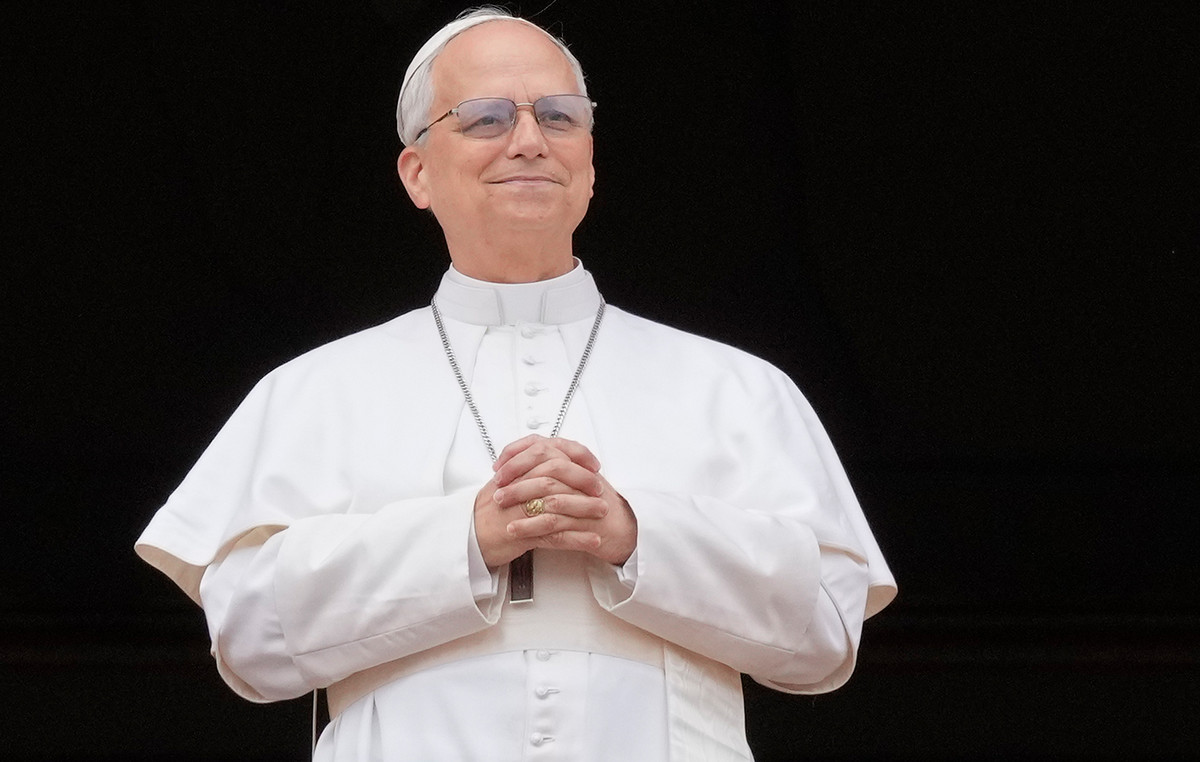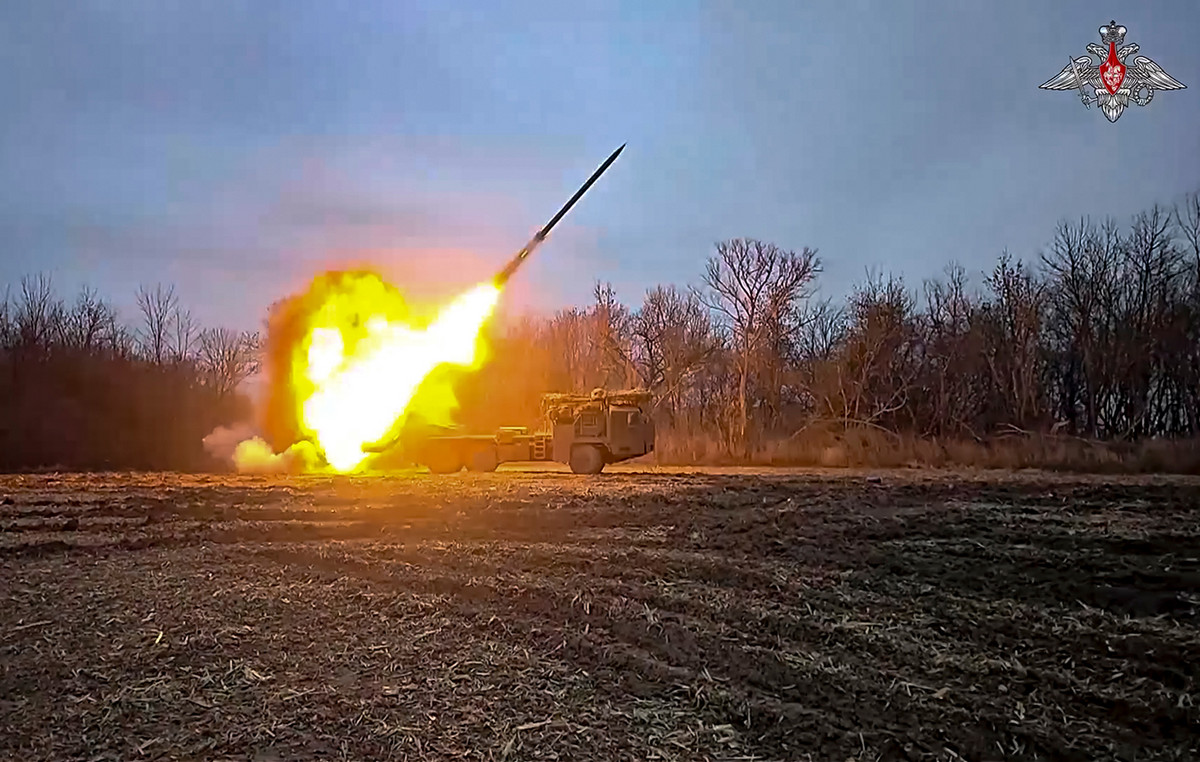The sex ratio in Brazil, that is, the number of men for each group of 100 women, was 94.2, according to data from the 2022 Census, released by the Brazilian Institute of Geography and Statistics (IBGE) this Friday (27).
Now, women represent 51.5% of the Brazilian population, with 6 million more women than men in 2022.
In raw numbers, IBGE recorded in 2022:
- 104,548,325 women (51.5%)
- 98,532,431 men (48.5%)
In 2010, they represented 51.03% of the population, and there were 96 men for every 100 women in Brazil.
In 1980, 50.23% of the population were women and there were 98.7 men for every 100 women.
“This is related to the higher mortality of men in all age groups: from babies to older ages, men’s mortality is higher”, explains Izabel Guimarães, researcher at IBGE. “With the swelling of the older population there is an increase in the proportion of women, as they survive longer compared to men.”
Women are the majority in all regions, but in the Southeast region this difference is greater.
- Southeast: 51.8%
- Northeast: 51.7%,
- South: 51.3%,
- Midwest: 50.8%
- North: 50.1%
The state of Rio de Janeiro has the highest proportion of female population (52.8%). And only in three states are men the majority: Tocantins, Roraima and Mato Grosso, the state with the highest male composition (50.3%) and the highest ratio between the number of men for every hundred women (101.3).
Acre was the only state with an equal proportion between men and women.
Brazil is aging
For the first time, the youngest population, aged between zero and 14, was below 20%.
According to the 2022 Census, it now represents 19.8% of Brazilians. In 1980, this portion of the population was 38.3% of the total.
In the IBGE analysis, this is a reflection of the reduction in the average number of children borne by a woman: “Currently, fewer women reach reproductive age. And they have fewer and fewer children,” she told CNN Márcio Mitsuo Minamiguchi, manager of Population Estimates and Projections at IBGE.
Another point is that there is a reduction in mortality in all age groups, including the elderly.
The group of people aged 65 or over in Brazil went from 4% to 10.9%.
The regions with the highest proportion of elderly people are the Southeast (12.2%) and the South (12.1%). The regions with the highest percentage of children up to 14 years old are the North (25.2% of total residents) and the Northeast (25.2%).
See the states with the highest proportion of elderly people in the population.
*Published by Fernanda Pinotti, with information from Agência Brasil
Source: CNN Brasil
I’m James Harper, a highly experienced and accomplished news writer for World Stock Market. I have been writing in the Politics section of the website for over five years, providing readers with up-to-date and insightful information about current events in politics. My work is widely read and respected by many industry professionals as well as laymen.







